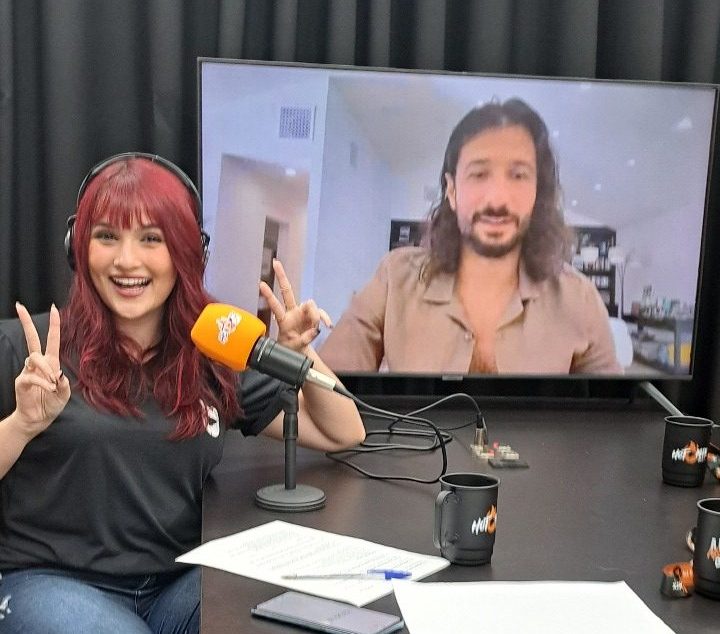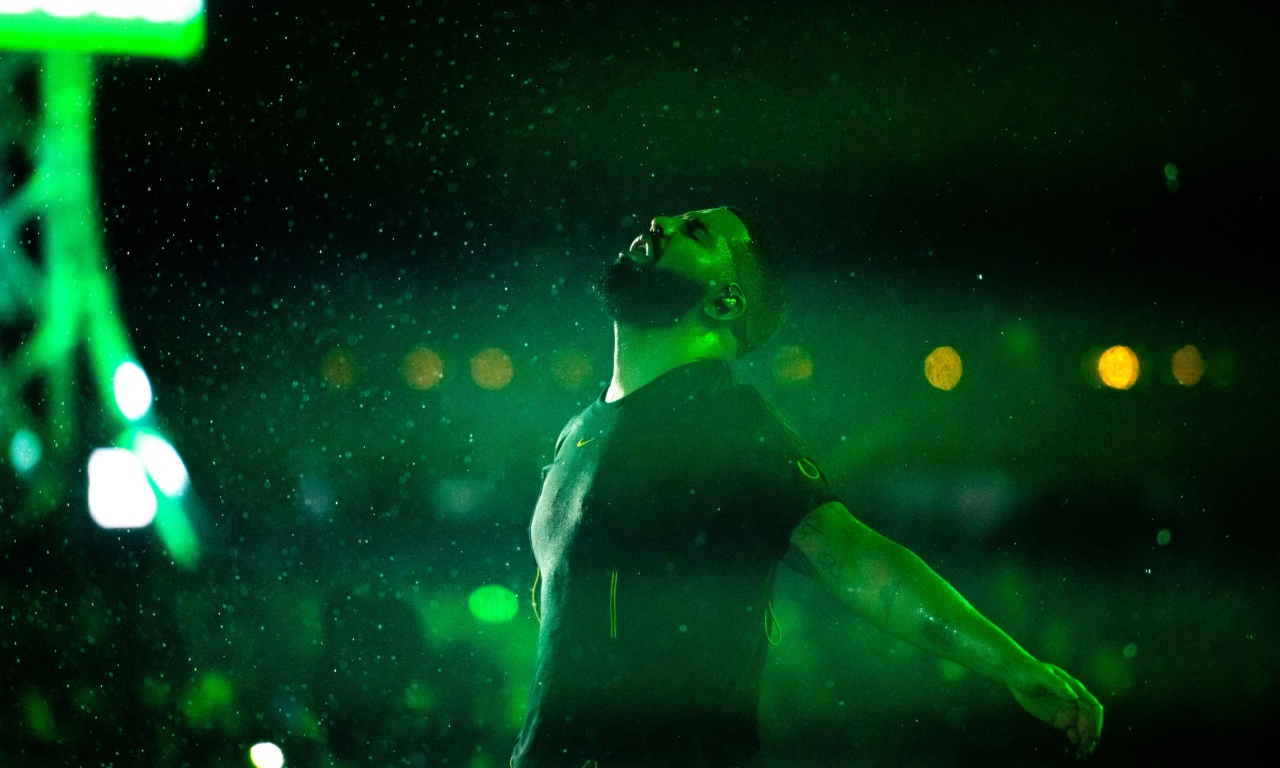To define the exhibition Abstraction: a Mediated Reality, which opens on Saturday, 8, at Galeria Millan, curator Rodrigo Naves used Hegel’s phrase: “Minerva’s owl flies at dusk”. Dusk as a transition, when night has not yet come, allows us, like owls, to see better in the dark and know where we want to go. And the nine artists selected by Naves for the show – five girls and four boys – are veterans with a lot of history, experience and direction, moving in darkness, in a realm between figuration and abstraction.
Naves explained that there were only nine artists due to the physical limitations of the exhibition space, even though he could have chosen 50 names. There’s a story to that. One of the main critics working in Brazil and a great art teacher, Naves chose artists with similarities among themselves, who maintain a lush and constant dialogue: Cássio Michalany, Elizabeth Jobim, Germana Monte-Mór, Helena Carvalhosa, Laura Vinci, Nelson Felix, Paulo Monteiro, Paulo Pasta and Renata Tassinari.
Almost all of them, with the exception of Helena Carvalhosa, began their careers in the 1980s, when painting was reborn after a long period of dominating conceptual art and it was the reign of American professor and essayist Rosalind Krauss, who began to retell the story. modernism in a tone dissonant with Ruskin, challenged the master Clement Greenberg himself, the defender of painting.
“I’ve heard many gravediggers killed the painting since then, but it’s not dead, as Agnes Martin and Sean Scully have proven.” Agnes Martin Canada lived 92 years, painting non-stop. Irish-American Sean Scully is alive and well as always. Both are remembered by curators as vectors of a generation of Brazilian painters who are now famous.
In fact, the presence of Agnes Martin and Scully can be identified in Paulo Pasta’s paintings. Cássio Michalany, observing Naves, “occasionally uses tracks similar to Pasta and Renata Tassinari”. Curators take advantage of this proximity, reinforcing this closeness in an exhibition setting – discreet, without showing off. In other words, the group’s performances are at odds with the currents of contemporary political art, which the curator explains, “in the absence of appropriate policies that suit today’s dilemmas, it is in stark contrast to the revolutions of the 19th and 20th centuries”.
Although Naves speaks of aesthetic rupture, for him there is no difference between figuration and abstractionism, as the title of his exhibition proves. He gave an example: Elizabeth Jobim’s old works (2001/2003) based on observations of irregular stones, Helena Carvalhosa’s inanimate objects, which adopted real models, were transformed into abstract clashes between colors.
The statue of Laura Vinci, citing tradition, renews the language, using real marble and apples, and finally, Nelson Felix’s “flute”, also in marble, is not a simulacra of reality, but an abstract revival of language, music. Reframing is the word. “Cassio Michalany’s chromatic permutations are not minimalist, but reflect contemporary society and its character, escaping the certainty that art, more than politics, is very important”, concludes Naves.
Information from newspapers. State of São Paulo.

“Coffee aficionado nerd. Troublemaker. General communicator. Gamer. Analyst. Creator. Total brew ninja.”





:strip_icc()/s.glbimg.com/jo/g1/f/original/2012/04/08/skrillex-7.jpg)

